Introduction: The Rise of Digital Fitness for Modern Men
In recent years, the fusion of digital innovation and personal health has led to an explosion in fitness technology, particularly for strength training enthusiasts and men aiming to improve their physical performance. Among these tools, choosing the best mens workout app has become a crucial decision for anyone seeking consistent, structured, and scientifically grounded progress. These applications are no longer just digital logs or repositories of exercises—they are now intelligent companions capable of delivering dynamic workout routines, tracking physiological metrics, and adapting to the user’s goals in real time. With the rise of personalized AI-driven coaching and comprehensive data analysis, these apps can transform how men approach strength and fitness training.
What once required personal trainers, costly gym memberships, or static PDF programs can now be accessed through a smartphone. The digital age has empowered men to take control of their health and performance through tools that fit in their pockets but carry the power of years of research, training methodologies, and adaptive learning. This article explores the critical aspects to consider when selecting a mens workout app, the science behind its effectiveness, and how it aligns with the broader strength training journey.
You may also like: The Ultimate 30-Day Workout Plan for Men Working Out in the Gym: Proven Full Body Strength Exercises to Maximize Results
Understanding the Needs of Modern Men in Strength Training
Strength training today is not just about lifting heavy weights. For the modern man, it is a multidimensional pursuit that encompasses endurance, mobility, injury prevention, and holistic wellness. A quality fitness app for men should reflect these diverse needs, offering not only hypertrophy routines but also integrated plans that cater to flexibility, cardiovascular health, and muscular endurance.
Men’s fitness goals vary significantly. Some aim to bulk up for competitive bodybuilding, while others may focus on functional strength for athletic performance or overall health maintenance. Recognizing these nuances is essential for an app that claims to be tailored to men’s fitness. Equally important is the inclusion of recovery strategies, such as foam rolling, stretching routines, and sleep tracking, to support sustainable training habits.
Moreover, the psychological aspect of training cannot be overlooked. Motivation, discipline, and adherence are often the determining factors in long-term success. Therefore, the best mens workout app should incorporate motivational tools such as progress visualization, achievement badges, social community features, and adaptive goal setting. These elements make the digital experience immersive, supportive, and human-centric despite its technological nature.
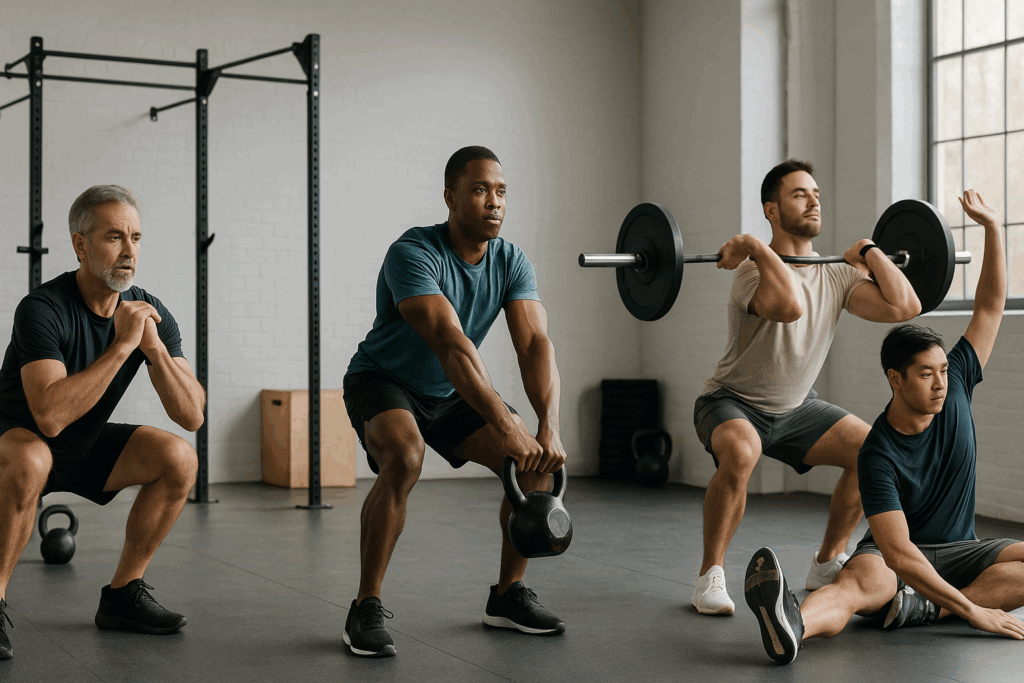
What Makes an App the Best Mens Workout App?
To be considered the best, a mens workout app must transcend basic exercise recommendations and become an all-encompassing training platform. First, it should offer personalized programming based on the user’s fitness level, goals, and available equipment. Whether a man is training at home with resistance bands or has access to a full gym, the app must deliver relevant and effective routines that respect his current limitations while encouraging progression.
Second, the interface should be intuitive and responsive, with user-friendly navigation that enhances rather than hinders the workout experience. Visual clarity in exercise demonstrations, real-time feedback on form, and seamless integration with wearables can elevate the effectiveness of the app. Integration with devices like Apple Watch, Fitbit, or Whoop allows for deeper insights into performance, recovery, and readiness.
Third, evidence-based training principles must underpin the workouts. Periodization, progressive overload, deload weeks, and compound versus isolation movements should all be embedded in the app’s logic. Ideally, the app would include educational resources or coaching tips that explain why certain routines are prescribed, empowering the user to learn as he trains.
Finally, the best apps must be adaptive. Fitness is dynamic, and a good app should evolve with the user, offering periodic assessments, adjusting programs based on user feedback or tracked performance, and even modifying exercises to accommodate temporary injuries or evolving goals. This responsiveness transforms a static routine into a living, breathing training partner.
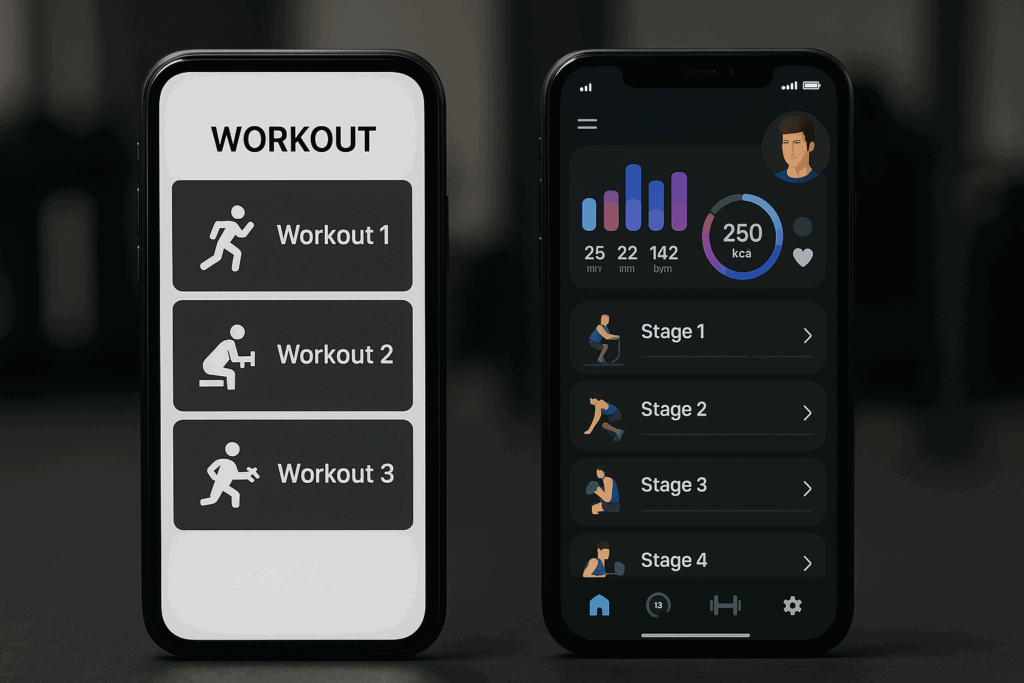
Key Features to Look for in a High-Quality Fitness App for Men
When evaluating a fitness app for men, several core features should be non-negotiable. Comprehensive workout libraries categorized by goal (e.g., strength, hypertrophy, fat loss) and body part ensure the app can support varied and balanced training regimens. Clear and professionally filmed video demonstrations help prevent injury and ensure proper form, especially when tackling complex lifts like deadlifts or cleans.
Another indispensable feature is intelligent progression. Too many apps recycle the same routines without recognizing when the user has plateaued or outgrown the current level. Algorithms that analyze performance and suggest load adjustments, tempo variations, or new exercises ensure continued development. This kind of progression mimics what a personal trainer would recommend during weekly check-ins.
Nutritional guidance is another area where superior apps differentiate themselves. While not all fitness apps delve deeply into diet, those that do offer macro calculators, meal logging, and science-backed dietary advice add substantial value. Nutrition is inseparable from strength outcomes, and tracking caloric intake, protein consumption, and hydration can significantly improve training results.
Additionally, community engagement and accountability tools such as progress sharing, leaderboards, and workout challenges can create a sense of camaraderie and drive. Training alone can be demotivating, but knowing that others are on a similar journey fosters motivation and persistence. These features, when included seamlessly, turn the solitary pursuit of strength into a collective mission.
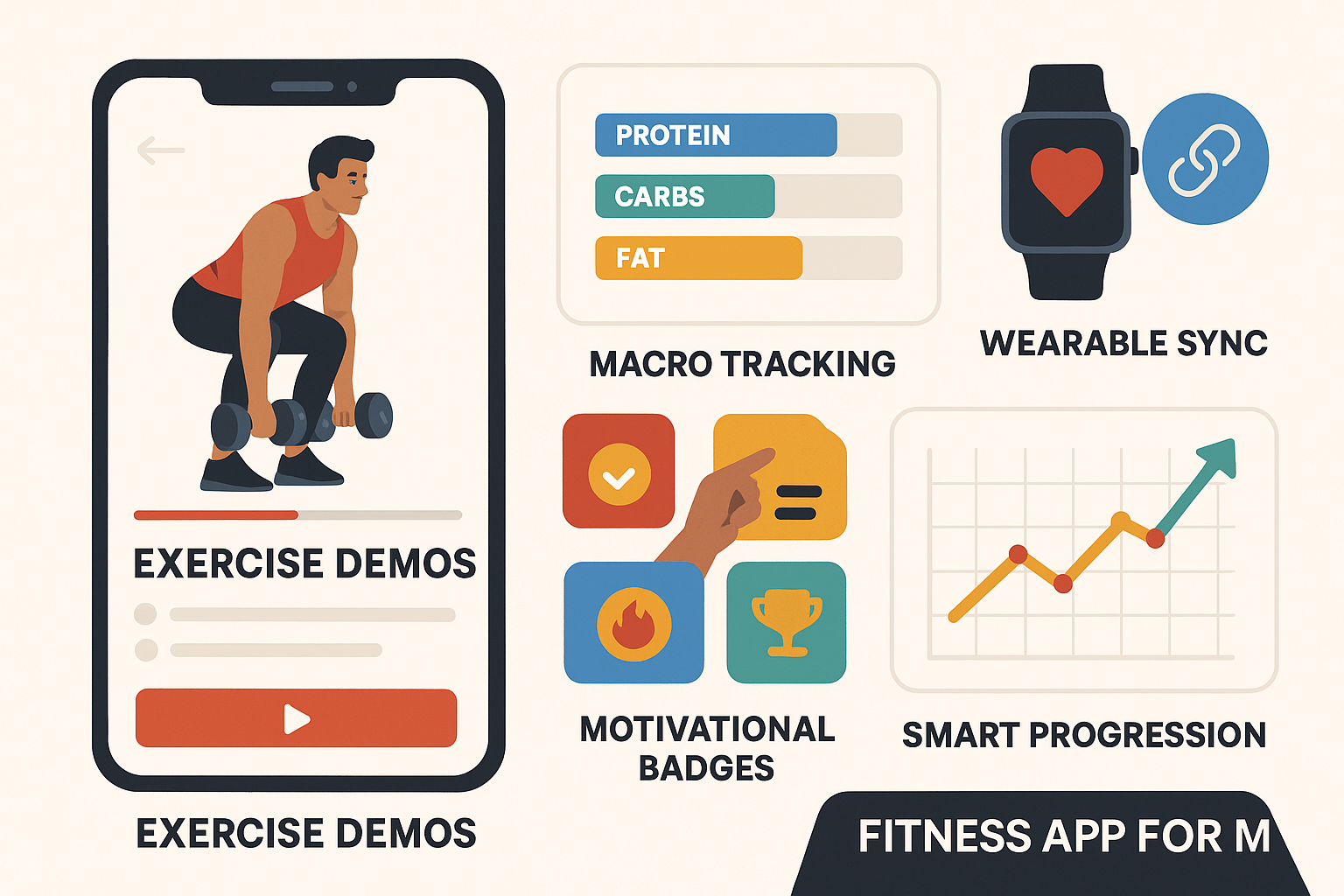
How the Best Mens Workout App Supports Long-Term Strength Gains
Sustained strength improvement requires a consistent, progressive, and well-recovered training cycle. A robust mens workout app facilitates this by automating the planning and tracking of progressive overload. It ensures that each week builds upon the last by subtly increasing training volume, intensity, or complexity. This eliminates the guesswork and helps prevent both undertraining and overtraining.
Moreover, quality apps track key performance indicators (KPIs) such as volume lifted, reps completed, rest times, and even heart rate variability when synced with wearables. These metrics are not just numerical—they tell a story about the athlete’s readiness, resilience, and areas for growth. With such data-driven feedback, men can make informed decisions about when to push and when to pull back.
Recovery tools also play a critical role. Apps that include sleep tracking, daily readiness scores, or guided breathwork and meditation practices help regulate the nervous system and optimize recovery. They offer insights into recovery status, allowing users to schedule deloads or active recovery days as needed. The app becomes not just a trainer but also a recovery coach.
Beyond the physical, top-tier apps nurture mental toughness and discipline. By setting structured milestones and providing consistent feedback, they foster intrinsic motivation and self-efficacy. As men begin to associate their strength improvements with consistent habits and well-structured routines, the process of training becomes embedded in their identity.
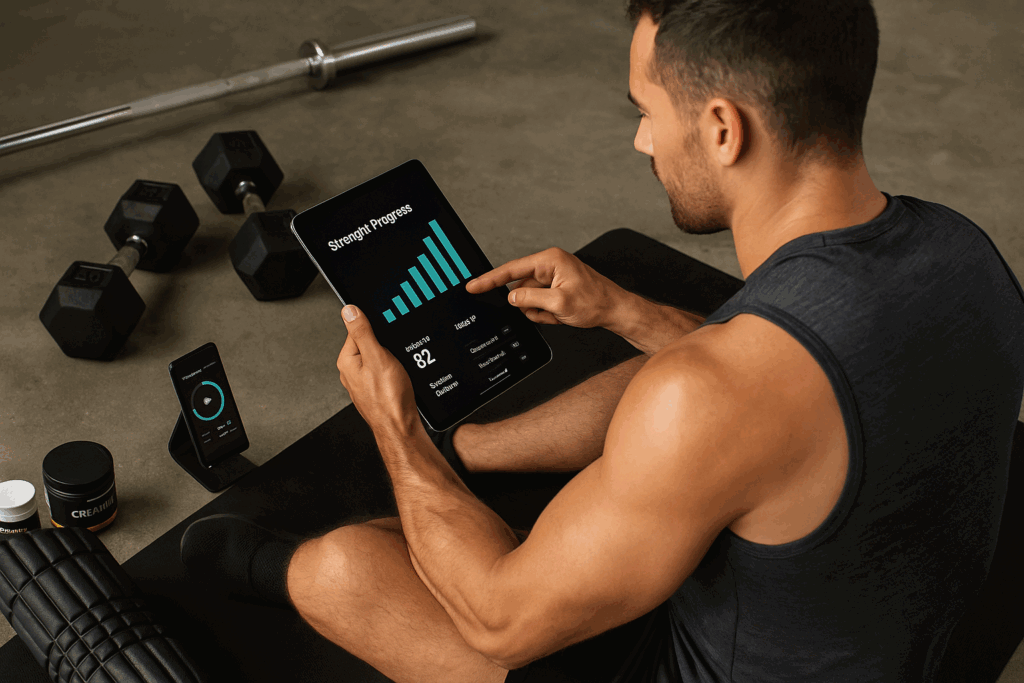
Personalized Strength Programming with a Mens Workout App
Personalization is the future of fitness, and it is especially crucial in strength training where one-size-fits-all approaches often fall short. A mens workout app worth investing in must tailor programs based on user-specific data such as age, training history, injuries, goals, and preferred training environments. This customization ensures that the routines are not only effective but also safe and sustainable.
For beginners, personalization may involve foundational programs with higher emphasis on movement patterns, motor control, and full-body routines. Intermediate users may receive split routines emphasizing muscle groups, strength rep ranges, and progressive loading. Advanced lifters may see inclusion of power-based cycles, Olympic lifts, and complex periodization models.
Real-time adaptability is also essential. If a user misses a workout, the app should recalibrate the program rather than rigidly continuing. If recovery metrics suggest fatigue, it should auto-adjust to a lighter session or emphasize mobility work. These micro-adjustments maintain user engagement and prevent burnout.
Finally, language matters. The tone of coaching cues, the encouragement delivered through app notifications, and the way instructions are framed should be aligned with the user’s preferences and psychological profile. This humanized communication ensures that technology enhances rather than replaces the motivational power of a coach.
Evaluating Data and Metrics for Effective Training
The explosion of fitness wearables has made data a central part of strength training, and mens workout apps must be able to harness this data meaningfully. It’s not enough to display charts and graphs—the interpretation of those numbers matters. Apps that contextualize metrics such as resting heart rate, sleep quality, and variability in performance offer a competitive edge.
For example, tracking the average load per workout or total tonnage over a month can indicate whether training intensity is adequate. Correlating this data with recovery markers can also reveal patterns of overreaching or under-recovery. When fatigue builds, subtle signs such as declining rep performance or longer rest periods become visible in the data, allowing for proactive changes.
Additionally, metrics that monitor workout adherence, rate of perceived exertion (RPE), and even mental state through mood check-ins can enhance the app’s understanding of the user. These elements combine to paint a fuller picture, enabling the app to recommend not just what to train, but how and when.
Such data becomes especially powerful when visualized well. Weekly trend dashboards, readiness score summaries, and monthly progress snapshots help users see the forest for the trees. Instead of obsessing over a single day’s performance, they begin to appreciate long-term trends, which is key for sustained strength development.
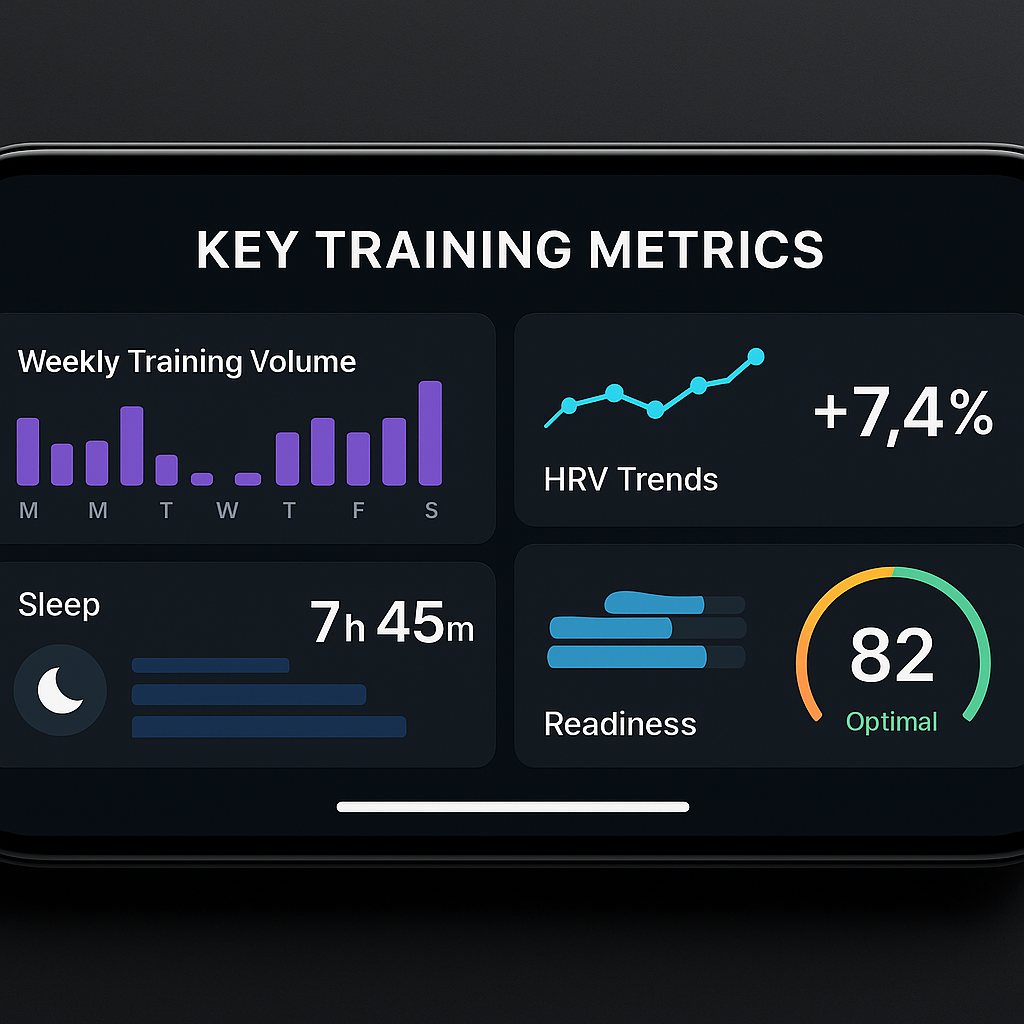
Why the Right Fitness App for Men Enhances Accountability
One of the most overlooked benefits of using a dedicated fitness app for men is its capacity to cultivate accountability. When men commit to training routines that are trackable and visible, they are far more likely to stay consistent. Daily workout logs, streak counters, and reminders can serve as nudges that reinforce discipline.
Moreover, many apps allow for social integration, either by connecting with friends or joining virtual training communities. This aspect is particularly impactful for men who thrive in competitive or collaborative environments. Friendly competition in leaderboards, shared challenges, or group progress milestones can reintroduce a sense of camaraderie that mirrors team sports.
Accountability is further enhanced through goal setting. The app may prompt users to define short-term goals (like hitting a new personal record) and long-term aspirations (like reducing body fat or completing a hypertrophy phase). With progress monitoring tools, these goals become tangible, trackable, and revisable based on progress.
Importantly, self-reflection features such as journaling, end-of-week reviews, or milestone check-ins encourage introspection. They transform workouts from mechanical routines into meaningful practices of self-awareness and self-improvement, further embedding the training process into daily life.
Top Benefits of a Mens Workout App for Home and Gym Training
One of the standout advantages of modern mens workout apps is their dual functionality for both home and gym environments. This versatility allows users to stay committed regardless of location or equipment availability. For men who travel frequently or manage a busy schedule, this flexibility can mean the difference between consistency and stagnation.
At home, the app can offer bodyweight routines, band-based resistance circuits, or mobility flows tailored to limited space. These workouts are often short but intense, designed to maintain strength and cardiovascular capacity. Meanwhile, in the gym, the same app can guide users through complex barbell sessions, timed supersets, or machine circuits.
Furthermore, the ability to switch modes within the app ensures that missed workouts don’t derail progress. Instead of skipping a gym session due to travel, the user can simply pivot to a hotel room bodyweight program. This agility preserves training momentum and reduces guilt often associated with inconsistency.
The best apps even go a step further by syncing with different types of training gear—whether it’s kettlebells, TRX systems, or cable machines—and providing modification options for every movement. This level of accessibility promotes adherence and empowers users to take ownership of their fitness journey, regardless of circumstance.
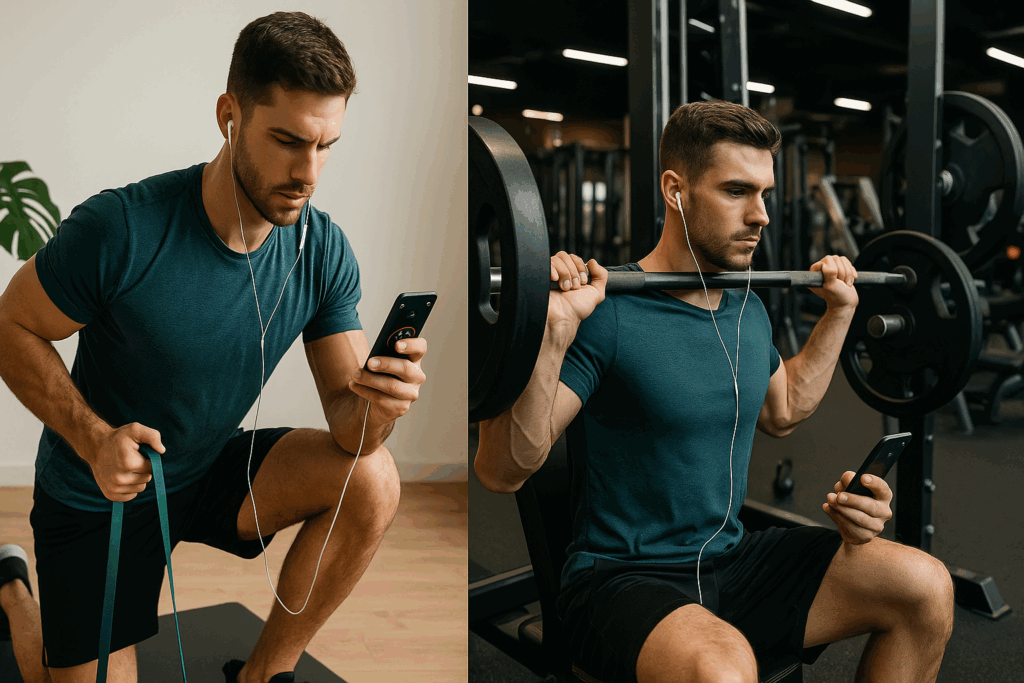
How to Compare and Choose the Best Mens Workout App for Your Goals
Selecting the right app from a crowded marketplace requires clarity about personal goals, preferences, and constraints. The first step is defining what success looks like—whether it’s building lean mass, achieving a 1.5x bodyweight squat, or simply exercising consistently. Once this vision is clear, comparing features becomes more objective.
Look for apps that align with your goal structure. Some excel in hypertrophy programming, while others may focus on athletic performance or metabolic conditioning. Examine whether the app includes progressive overload principles, periodization models, and recovery protocols that support your targets.
Next, assess user interface and support features. Does the app offer clear instructions, real-time guidance, or access to virtual coaching? Is the interface clutter-free and logically structured? These seemingly minor aspects significantly influence long-term use.
Pricing and subscription structure also matter. Many apps offer free trials, which should be used strategically to evaluate compatibility. Consider whether the pricing reflects the value offered in terms of content quality, update frequency, and ongoing developer support.
Finally, read user reviews and professional critiques. Feedback from others with similar goals can provide insight into the app’s practicality and reliability. Choose an app that not only fits your goals but also adapts with you as your needs evolve.
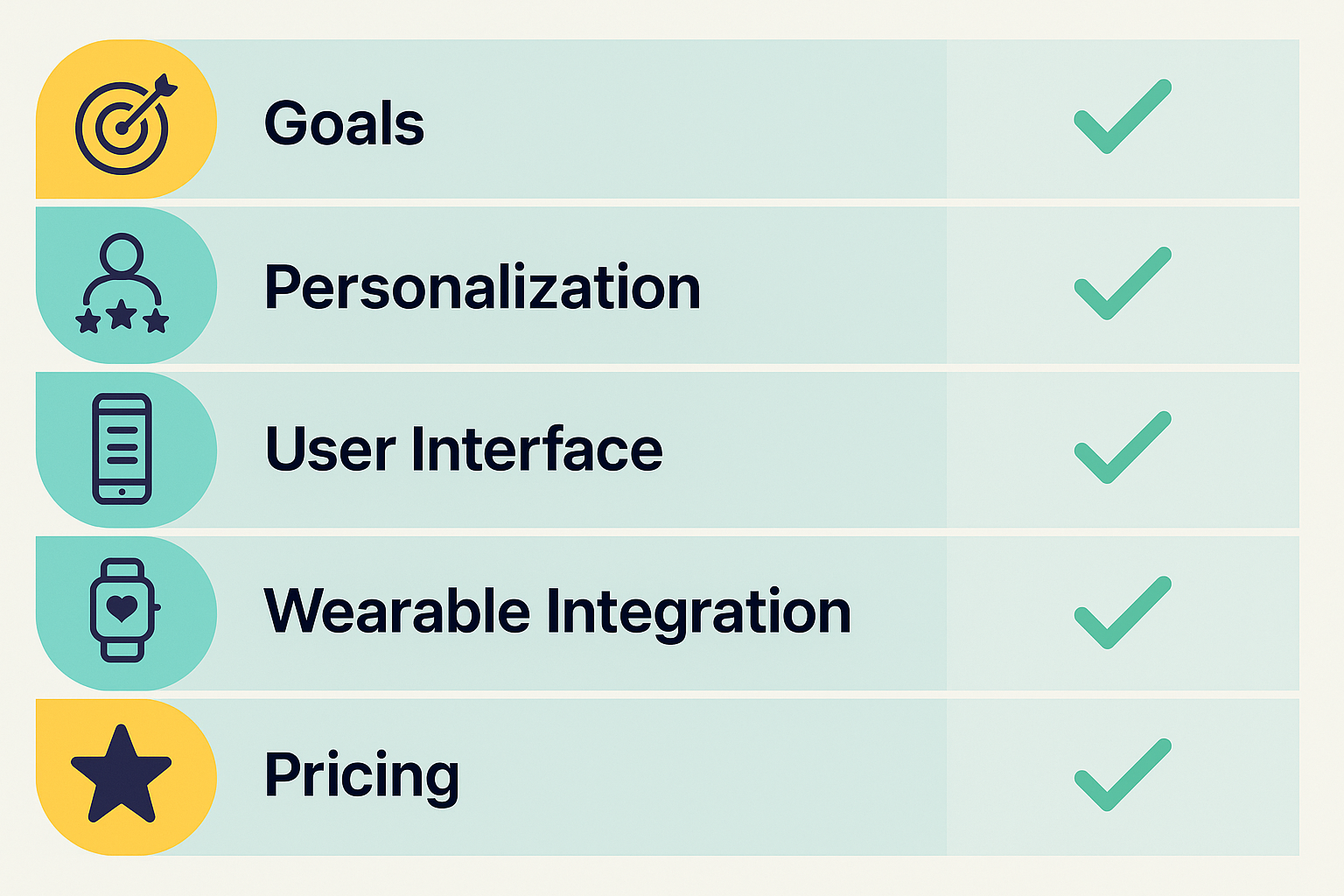
Frequently Asked Questions
1. What additional benefits does a mens workout app offer beyond exercise routines?
A mens workout app often provides far more than just sets and reps. These apps are now integrating advanced wellness tools like guided breathwork, mental conditioning modules, and stress management techniques. Many include features such as habit trackers that reinforce consistent behavior beyond the gym, helping men maintain healthy routines around sleep, hydration, and mindfulness. Some apps even offer cognitive fitness games designed to improve reaction time and focus—attributes essential for athletes and professionals alike. These supplementary tools are designed to cultivate a holistic lifestyle, not just physical strength.
2. How does a fitness app for men enhance goal setting and habit formation?
Setting goals on paper can feel static, but a digital fitness app for men offers dynamic goal-setting environments that respond in real time to user behavior. These apps often use behavioral science to nudge users toward small, achievable milestones that build momentum and confidence. For example, completing three workouts in a row might unlock a new level or badge, reinforcing positive behavior. Some apps allow you to link physical goals to personal motivations—like reducing stress, improving stamina for parenting, or competing in a race—which adds emotional value to habit formation. The ability to track these goals visually creates a psychological reward loop that traditional notebooks or spreadsheets can’t replicate.
3. Can a mens workout app help manage injury risk and recovery more effectively?
Absolutely. The best mens workout apps now integrate injury prevention strategies through mobility tests, corrective exercise suggestions, and smart rest-day programming. Some even allow users to log discomfort or joint pain, triggering adjustments to upcoming workouts in real time. With AI-driven systems, certain apps can identify biomechanical inefficiencies based on movement history and provide interventions like foam rolling tutorials or prehab routines. Additionally, recovery-specific features such as sleep analytics, HRV monitoring, and hydration reminders support systemic recovery. These proactive tools minimize the risk of overtraining and can speed up the healing process from minor injuries.
4. How do social features in a fitness app for men contribute to accountability and motivation?
Community engagement transforms solitary workouts into a shared experience. A fitness app for men often includes social feeds, virtual leaderboards, and peer challenges that spark healthy competition and camaraderie. Some apps allow men to create private groups with friends or teammates, where they can share progress updates, cheer each other on, or even compete in weekly strength challenges. These features not only boost motivation but also provide external accountability—a powerful driver for consistency. For introverted users, passive engagement (like viewing others’ progress or joining silent challenges) still provides a sense of inclusion without requiring direct interaction.
5. What role does AI personalization play in optimizing a mens workout app experience?
AI personalization has redefined what it means to train smart. In a quality mens workout app, artificial intelligence interprets training data to build progressively challenging yet manageable routines. This can include everything from adjusting weight recommendations based on fatigue patterns to re-sequencing exercises when certain muscle groups are overworked. AI also analyzes user feedback like session difficulty ratings or skipped workouts to refine the program’s structure. Over time, this creates an almost coach-like relationship with the app, where workouts feel tailored, responsive, and uniquely effective. Unlike static programs, these AI-driven models learn from your habits and results, ensuring your plan evolves as you do.
6. Why is mobility and joint health often overlooked in standard fitness app for men programs?
Many traditional workout apps emphasize aesthetics or strength, sidelining joint mobility and movement quality. Yet poor mobility is one of the leading causes of stalled progress and injury in male trainees. An advanced fitness app for men should include regular movement assessments, mobility drills, and dynamic warm-ups that prepare joints for heavy lifting or explosive movements. Ignoring this dimension can lead to long-term dysfunctions, especially in the shoulders, hips, and knees. Forward-thinking apps now weave mobility routines into the fabric of strength cycles, preventing injuries before they start and supporting sustainable performance gains.
7. How do fitness tracking integrations amplify the usefulness of a mens workout app?
When a mens workout app connects with wearables or smart devices, it unlocks a new layer of feedback and customization. Integration with heart rate monitors, GPS trackers, or even smart scales allows the app to collect granular data on effort, energy expenditure, and recovery. This data is not only useful for tracking performance but can also be used to modify workouts in real time. For instance, if your HRV score is low, the app may reduce intensity or suggest restorative sessions. These integrations help bridge the gap between intention and adaptation, offering users a more nuanced understanding of their progress.
8. Are there specific features men should look for when using a fitness app for men over 40?
Men over 40 face different physiological realities than their younger counterparts, including slower recovery, hormonal shifts, and increased injury susceptibility. A fitness app for men in this demographic should prioritize joint-friendly training, structured deload phases, and stress management techniques. Look for features like flexibility routines, tempo-based strength programming, and optional low-impact cardio plans. Apps that offer hormone-friendly nutrition insights or sleep optimization tools are also particularly valuable for this age group. The goal isn’t just to stay fit but to remain resilient, agile, and high-functioning as the body evolves.
9. How is the evolution of gamification changing the way men engage with fitness apps?
Gamification in fitness apps has evolved far beyond badges and points. Today, it incorporates narrative journeys, real-world rewards, and adaptive difficulty systems. For instance, a mens workout app might simulate a digital obstacle course that gets tougher as you level up, with each milestone unlocking new content or challenges. Others link achievements to brand discounts, event invitations, or community status. These game-like features tap into intrinsic motivators like accomplishment, curiosity, and mastery. As fitness becomes more integrated with entertainment, gamification is proving to be an effective strategy for long-term engagement and fun.
10. How will emerging tech like augmented reality (AR) impact the future of mens workout apps?
Augmented reality is poised to revolutionize the mens workout app landscape by merging physical and digital training environments. Future AR integrations could allow users to see real-time form corrections projected through smart glasses or visualize virtual trainers guiding them through complex lifts. This immersive feedback could make strength training more intuitive and error-proof, particularly for beginners. AR may also create mixed-reality workout spaces where users train alongside avatars or opponents, adding a new dimension of competitiveness and interaction. As hardware becomes more accessible, AR-enabled apps will likely redefine how men experience personalized, immersive strength coaching at home and in gyms.
Conclusion: Embracing Digital Tools to Transform Men’s Fitness Journeys
In today’s era of intelligent technology and on-demand solutions, leveraging a mens workout app can be a transformative step toward achieving lasting strength and fitness results. These apps are more than digital diaries or timers; they are comprehensive ecosystems that blend science, motivation, and personalization into one dynamic platform. Whether you train at home, in the gym, or while traveling, the right app adapts to your context and evolves with your goals.
The intersection of data, behavioral psychology, and biomechanics within these tools makes them uniquely powerful for men who want to optimize performance without the guesswork. From custom programming and real-time metrics to recovery tracking and social accountability, the best fitness app for men supports every phase of the training cycle. By committing to a high-quality app, men can gain more than muscle—they gain structure, confidence, and lifelong strength habits.
Ultimately, fitness is a journey marked by consistency, intentionality, and growth. A thoughtfully chosen app becomes a reliable partner in this journey, equipping men with the tools and knowledge to train smarter, recover better, and live stronger every day.





